Science Fiction World Building
 Most creative writing projects require a certain amount of research. Science fiction as a genre, is probably further towards the top of the research tree than say a memoir, or young adult fiction, but of course every project is unique and an author’s methods—across any genre—might take a vigorous investigative approach.
Most creative writing projects require a certain amount of research. Science fiction as a genre, is probably further towards the top of the research tree than say a memoir, or young adult fiction, but of course every project is unique and an author’s methods—across any genre—might take a vigorous investigative approach.
But science fiction is particularly research intensive. In many ways, it is all about successful world building—creating a convincing world of the future—and this future world needs to be so believable that readers can visualize themselves inhabiting it. I want my readers to feel like they have fallen asleep and woken up in 30 years’ time in a place filled with amazing new technologies, medical advancements, and innovations in science and engineering.
This future world needs to be familiar enough to make it plausible, but foreign enough for the reader to understand they are no longer in the present. Many things will have changed. Will there be a lonely and hungry colony on Mars? Will there be invisibility cloaks or animal translators? What about a four-day working week? Will people be ferried to and from work in an autonomous vehicle? What about climate change, what happens to the environment? This is what the writer needs to contend with and to make this plausible it takes a lot of research, as well as a good understanding of human behavior.
The way different generations inhabit the earth is strikingly similar, even if we think we are more progressive than previous generations, we are probably not. Millions of years of fundamental behaviors and reactions are locked inside our genome and DNA. We all have similar wants and needs, and it is not difficult to make a list of principles that govern the human race, regardless of the year.
Things like, contact with the natural environment, which is essential for health and happiness. Creativity and storytelling are innate, and we need art, dance, theatre, and music for our emotional development and wellbeing. Food is essential, and it is also an addictive pleasure. We love animals and want them in our lives. We cannot survive without love and physical contact and will actively seek this out. We will be governed by our emotions, rather than rational thought and we don’t always say what we mean.
If the first principle of science fiction world-building is to research technical and scientific advancements, then the second is that the inhabitants of the future will be like you and me and their actions will be determined by the things that make us human. These people will be believable characters who resemble our neurotic friends and our perfectionist family member, and our needy partners.
Humans might not change, but the world they inhabit will. There has been a design and technology revolution in the 21st century, which is sure to continue. Developments in architectural computer-aided design (CAD) programs, artificial intelligence, new construction techniques and materials, have aided the development of many unique and innovative designs. For example, new software programs like CATIA, enabled the architectural firm Herzog + de Meuron to build the astonishing Beijing Olympic Stadium, or Birds Nest. Science fiction writers will need to research these future built environments—cities, homes, workplaces, cars and public transport—and consider the way people use and move through these spaces.
After considering humans, their occupied spaces, and all the amazing advancements in science and technology, the science fiction writer needs to address one final element—the global divide that exists between the haves and the have nots—because this is unlikely to improve. Right now, fifty percent of the population do not have access to the internet or education, and a substantial section is living in poverty. With the onset of climate change, this is likely to increase. It would be amazing if, in the next 30 years, we could provide everyone with an education and access to the internet, improve living standards and wipe out poverty, but that is unlikely to happen. Climate change will not help the economic divide. So, the future world will still be split into two—the haves and the have nots—just like the world of the present.
As a writer, if you get the above criteria sorted, then the futuristic world within the novel will start to look and feel convincing. Then, introduce a few unique and imperfect characters, and suddenly the story begins to take shape. Futuristic homes and cities seem plausible. Rapid developments in science, inspired by the infantile stages of present-day technologies, seem credible. The futuristic world feels real.
In the future, it is highly unlikely we will travel faster than the speed of light. We probably won’t have invisibility cloaks or animal translators. Teleporting and time travel will remain out of our reach. But that won’t matter because the fictional world will be believable enough to support these ideas. And who knows, maybe a three-day working week might one day become a reality.
Follow Sarah on social media:
Twitter: @SarahKLahey
Instagram: @SarahKLahey
Sarah Lahey is a designer, educator, and writer. She holds bachelor’s degrees in interior design, communication, and visual culture, and works as a senior lecturer teaching classes on design, technology, sustainability and creative thinking. She has three children and lives on the Northern Beaches in Sydney, Australia. Find out more at https://www.sarahlahey.com/.
NOSTALGIA IS HEARTLESS
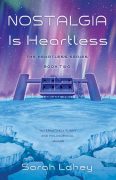 Earth, 2050. Pregnant, unemployed, and living back home with her father, climate scientist Quinn Buyers wonders how she got to this point in her life. Her famous scientist mother is mysteriously missing, the planet is at risk from a massive solar storm, the Transhumans want to take a colony to Titan, and her assisted living companion, a robotic meerkat, is showing clear signs of anxiety and depression. But her biggest challenge is her partner. How can she reconcile her long-distance relationship with this reserved, enigmatic cyborg?
Earth, 2050. Pregnant, unemployed, and living back home with her father, climate scientist Quinn Buyers wonders how she got to this point in her life. Her famous scientist mother is mysteriously missing, the planet is at risk from a massive solar storm, the Transhumans want to take a colony to Titan, and her assisted living companion, a robotic meerkat, is showing clear signs of anxiety and depression. But her biggest challenge is her partner. How can she reconcile her long-distance relationship with this reserved, enigmatic cyborg?
The sequel to Sarah Lahey’s debut novel and the second book in the Heartless Series, Nostalgia is Heartless delves into the world of near future, exploring a society on the brink of climate catastrophe. This time, Quinn’s adventures take her across the globe to Antarctica . . . where it rains all day, every day. Readers will delight in following Quinn’s journey as she races to save her family, her planet, and—hopefully—her love life.
BUY HERE
Category: Contemporary Women Writers




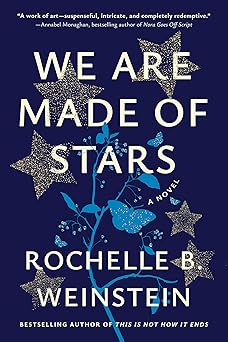
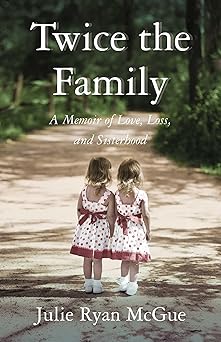



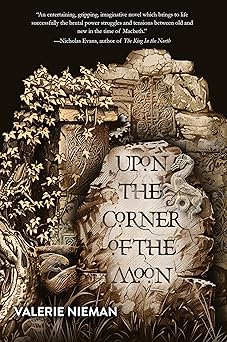
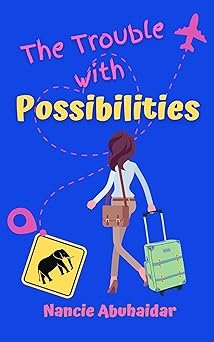


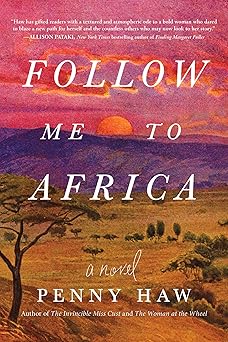
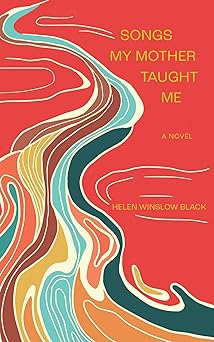

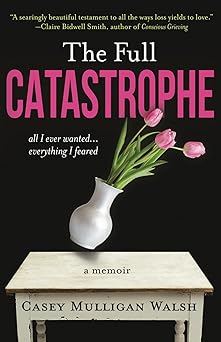

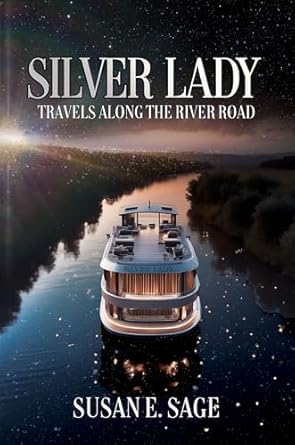
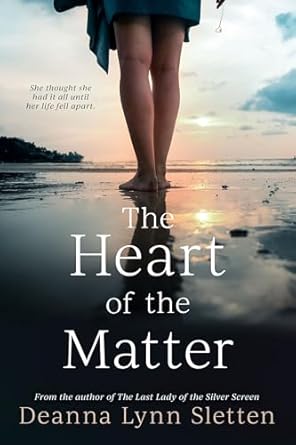




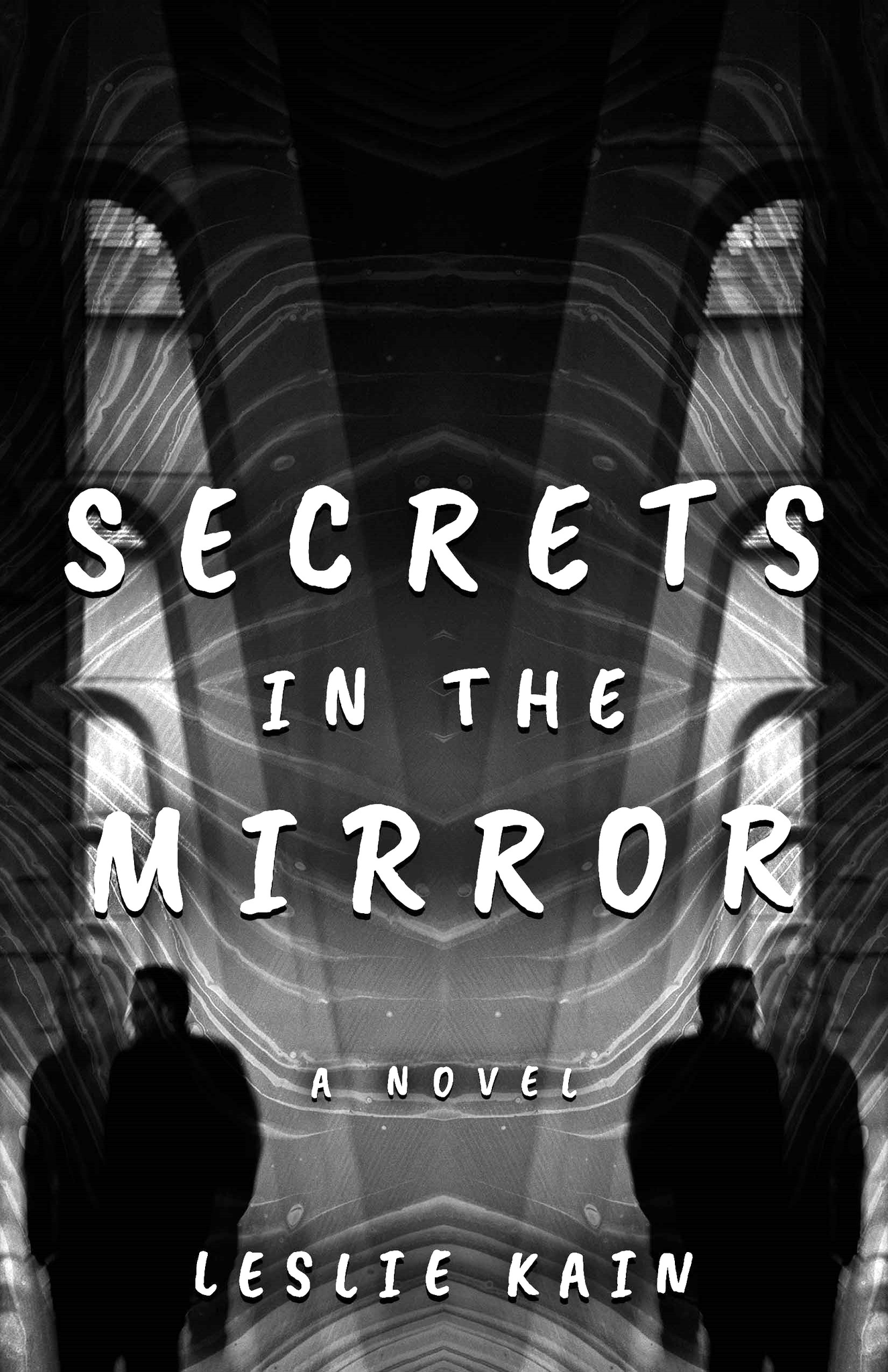



Thank you Sarah for a piece so well written that my Yr8 ENG classes will be able to access and apply your ideas to their world building and writing. Even the blurb of your new book is brilliant – my set task will be to annotate it, showing the elements you wrote about in the article. And I’m off to buy your novels for myself.